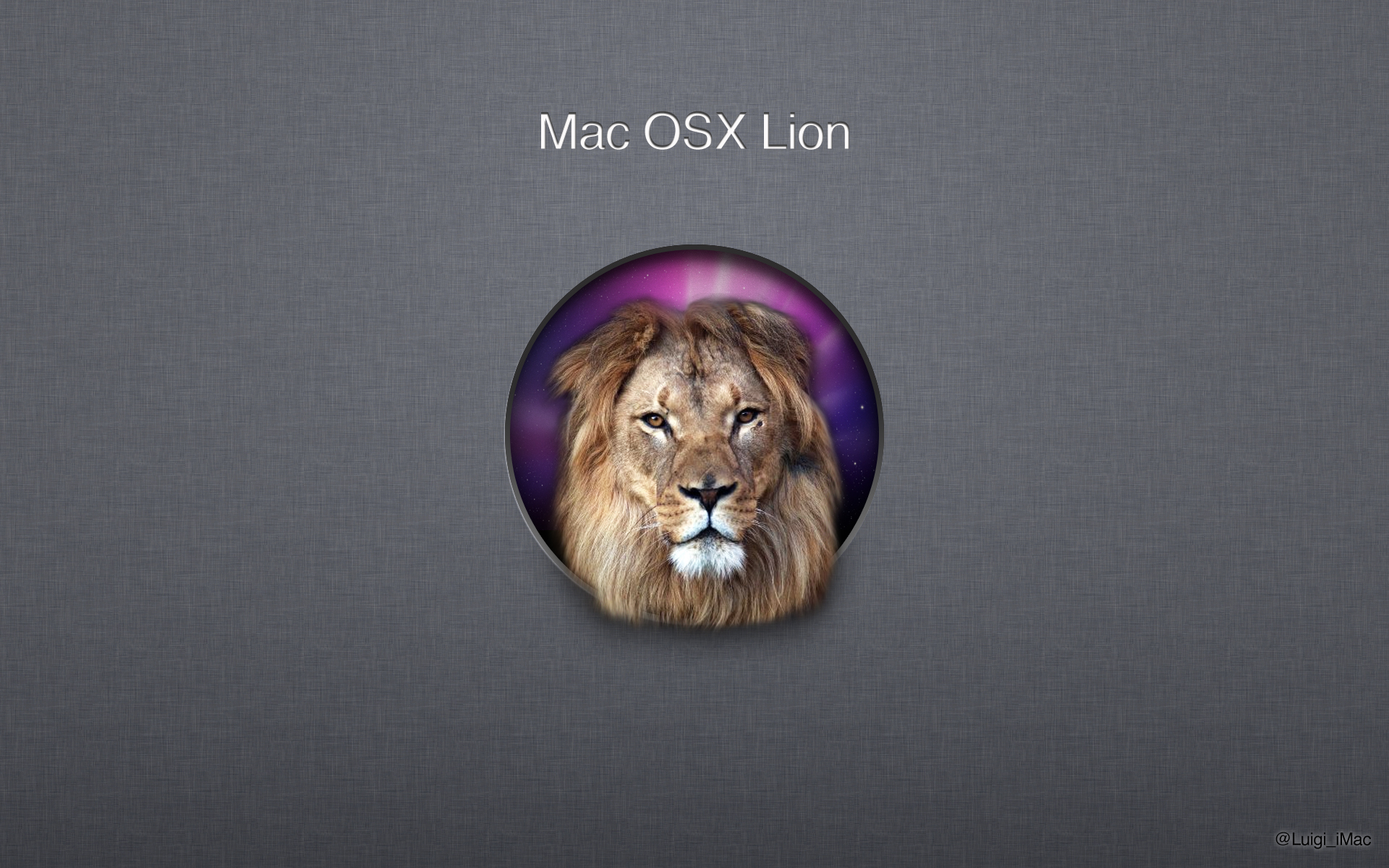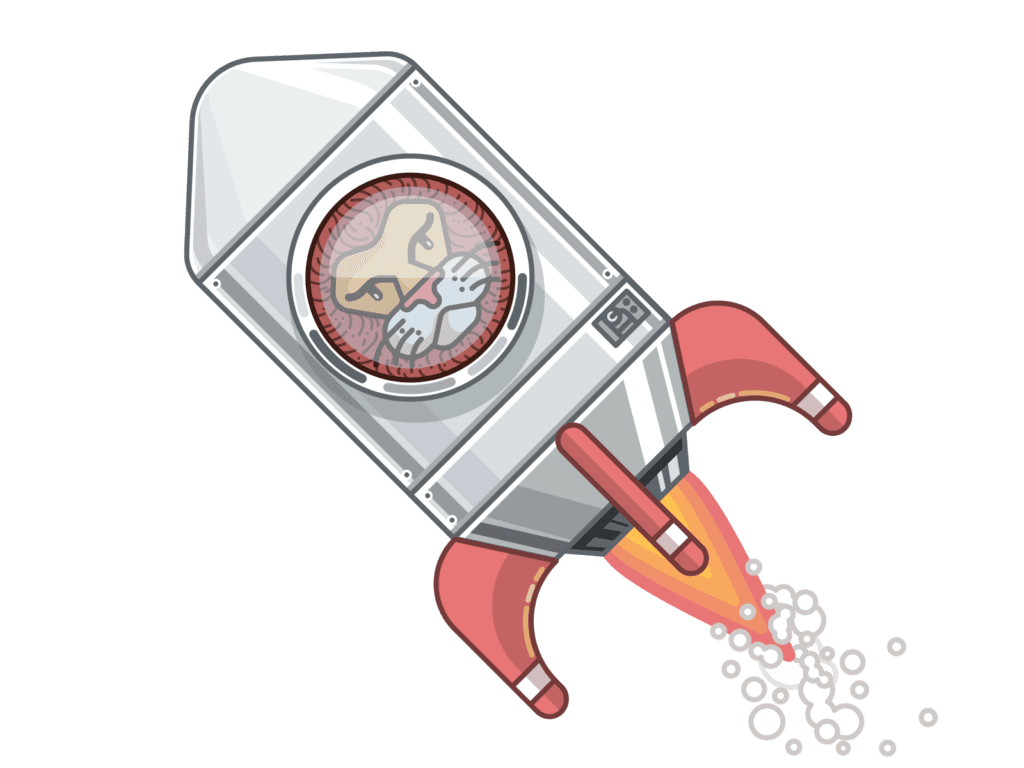Official OS X Mountain Lion.app Installer from the Mac App Store.Both versions 10.8.4 AND 10.8.5 full installers included (zipped).Un-archive the zip archive. Mountain Lion (Mac OS v10.8) upgrade improves performance and stability with Premiere Pro. I’m guessing that this may be because of new code in Mountain Lion that Premiere Pro can take advantage of, because this isn’t the first time that happened: Premiere Pro also ran better after Apple added OpenCL improvements to the OS X 10.7.4 update.
Carbon Copy Cloner requires macOS. CCC will not run on Windows.

CCC 6 is the latest version available. Users running Catalina (10.15) or Big Sur (11.*) should use this version of CCC. If you are having trouble downloading CCC from the link above, try this alternate download location.
Upgrading from CCC 5? CCC 6 is a paid upgrade. CCC 5 Personal and Household licenses purchased prior to February 18, 2021 are eligible for upgrade pricing. When you open CCC 6, it will automatically retrieve your new license or an upgrade coupon that you can use to purchase CCC 6 at 50% off. CCC 5 licenses purchased on or after February 18, 2021 are eligible for a free CCC 6 upgrade license.
CCC 6: Support for macOS 11 Big Sur
CCC 6 is qualified for macOS 11 Big Sur. Please take a moment to review the following resources prior to upgrading to macOS Big Sur:
CCC 6: Beta testing on macOS 12.0 Monterey
If you're beta-testing Apple's new macOS 12.0 Monterey, you can help us test CCC 6 against the new OS too. CCC 6.0.2 includes preliminary support for Monterey.
Please choose Ask a Question from CCC's Help menu to let us know if you encounter any problems or have questions about support for new features of that OS.
- CCC v6 Release Notes.
Carbon Copy Cloner 5 is compatible with Yosemite (10.10), El Capitan(10.11), Sierra (10.12), High Sierra (10.13), Mojave (10.14), Catalina (10.15) and Big Sur (11.*). Note that while this version of CCC may work on OSes newer than Big Sur, we recommend that Big Sur+ users upgrade to CCC 6. We offer technical support for CCC 5, but we are no longer actively developing it. If you are having trouble downloading CCC from the link above, try this alternate download location.

Unsupported Versions
Download CCC 4.1.24 for use on Mountain Lion (10.8), Mavericks (10.9), Yosemite (10.10), El Capitan(10.11), Sierra (10.12) and High Sierra (10.13). If you are having trouble downloading CCC from the link above, try this alternate download location.
Download CCC 3.5.7 for use on Snow Leopard (10.6) and Lion (10.7). Download CCC 3.4.7 for use on Tiger (10.4) and Leopard (10.5). CCC 3.4.7 and 3.5.7 are provided as-is; we regret that we cannot offer any support for the installation or use of these older versions of CCC.
This tutorial shows how to install Retail Mac OS X Mountain Lion 10.8.2 64 bit on a PC based computer. It’s made specific for the Gigabyte GA EP41-UD3L main board, but most of tutorial should work for most intel based main boards and core2duo or later processors. You just need to know exact hardware you use, and than select specific drivers and (if u use) DSDT.aml for your main board. Mountain Lion does not support 32 bit mode anymore…
MOBO: Gigabyte GA EP41-UD3L rev 1.2 Bios F5 (Intel G41, ICH7 chipset), integrated Lan: RTL8111C/D(L), integrated Audio: Realtek ALC888
Graphics card: Sapphire ATI Radeon HD 6670 (check osx86 project for compatible graphic cards)
CPU: intel q9550 core2quad processor,
SATA SSD OCZ Vertex 4 vtx-25sat3-128G,
SATA DVD Sony Optiarc, 2x2GB of Kingston KVR800D2K2 memory, Logitech USB Mouse, Logitech USB Keyboard.
You will need USB drive (8 GB or larger): USB drive used for Unibeast (Mountain Lion) must be at least 8 GB in size. Make sure to back up its contents first, cause unibeast will erase all of the files on your USB drive. You can reuse it after you finish installing Mountain Lion (just format it back to your desired file system).
This tutorial is for educational purposes only. You, of course, assume all responsibility for choosing to follow this tutorial. Also, OS X EULA states that you can run Lion on Apple labeled hardware only.
Mac Os X 10.7 Mountain Lion
Required files:
– Mountain Lion 10.8.2 from app store, or search torrents if u wanna test if your system is capable to run OS X 10.8.2. Anyway OS X Mountain Lion costs only 20$, buy it.
– UniBeast and Multibeast for Mountain Lion from tonymacx86.com
– ShowAllFiles app (to show hidden files) download from mac.softpedia.com
– for GA EP41-UD3L bios F5 main board you can use this DSDT.aml file
– Kext Utility – download from here
First step is to create bootable USB disk.
10.7 Mountain Lion Oil
To create bootable USB drive I used Unibeast method, whole process is described in this tutorial.
Otherwise there are alternative bootloader installers as myHack or Kakewalk. For myHack method you can follow this tutorial.
Mountain Lion 10.7 Download Free
Time to move over to second step, setting up the BIOS and installing system.
At this point you’ll need to plug your bootable USB drive into your computer and enter the BIOS. This step is going to be different depending on what motherboard you have but it’s fairly straightforward. First find boot options and select USB hard drive as your first boot device. Then double check that your motherboard is set to AHCI mode. Save the changes and it should boot from your UniBeast drive.
On GA EP41-UD3L main board, there is no AHCI settings (ich7 chipset don’t support AHCI), so you are not going to be able to enable Trim Support for any SSD drive. Anyway it’s possible to install ML without AHCI.
Turn on your computer, press delete to load bios, choose “LOAD OPTIMIZED DEFAULTS” and than change your settings like on pics bellow (not all changes are essentiall, but it’s the way I prefer).
At the end save BIOS (F10) and try to boot your PC with UniBeast USB drive. When UniBeast starts, select USB and press enter. If you have issues try again but this time type GraphicsEnabler=No in the prompt. If you’re still having problems try booting with the -v flag and noting what error you get.

If using ATI HD 6670 graphics, and if you get a “white screen with a cursor error” on the installation it is due to a bug on “ATI6000Controller.kext” drivers on the installer, you have to remove the /System/Library/Extensions/ATI6000Controller.kext from the install media and boot it ignoring caches and disabling Graphics Enabler ( -f GraphicsEnabler=No ). Remember to make a copy of “ATI6000Controller.kext” before u delete it, you’ll need it later.
Once it boots you should see the OS X installer. We’re most of the way there however there’s one more thing to do before installing. Come up to the top menu and select Disk Utility. Here you should see all hard drives connecting to your computer. Pick the one you want to install Mountain Lion on and select the Partition tab. In options select GUID Partition Table then choose Mac OS Extended Journaled as the format and name it HDD. Then click Apply.
Close Disk Utility and go through the installer like normal. When it comes to the install screen just pick the Mountain Lion disk and then click install. This will take quite a while so be patient and let it do its thing. Reboot after installation finish.
GA EP41-UD3L Bios will probably reset, just select Last Good Configuration and you are good to continue…
Reboot back into the UniBeast USB drive.
This time select HDD to boot from, and then continue installation.
Third step: creating bootable OS X 10.8.2 system
First go to System Preferences / Security and Privacy and unlock the preferences. Under “Allow applications downloaded from” select “Anywhere” and close preferences.
Head over to the downloads section on tonymacx86.com and download MultiBeast for Mountain Lion. Again go through the installer until you reach the options. Here you need to choose EasyBeast or UserDSDT with a prebuilt DSDT file.
For GA EP41-UD3L bios F5 I used this DSDT.aml file, you need to unzip and put DSDT.aml on your desktop and than start MultiBeast.
If you need/want to create your own DSDT.aml first download DSDT editor from http://olarila.com/forum/viewtopic.php?f=19&t=62, unzip it and than open. System will automatically ask to instal Java, so just accept it and wait DSDT Editor to open. Download GA EP41-UD3L – HD6670 extra pack (unzip it)
Under DSDT Editor select File / Extract DSDT.
Than select Patch and press Open, select GA-EP41-UD3L-patch.txt from GA EP41-UD3L – HD6670 extra pack and press Apply. Close Patch and open it again, but now select GA-EP41-UD3L-APPLE-HDA-patch.txt, Apply and close Patch again. Now press IASL and select compile, Press Fix errors and close Compile. again press IASL and now select Save AML as and save it as DSDT.aml to your desktop.
For more detailed explanation on how to extract and compile DSDT.aml with DSDT Editor follow this tutorial.
Now, continue with MultiBeast, under options you choose UserDSDT or DSDT-Free Installation.
Next click arrows to open Drivers and Bootloaders / Drivers / Audio / Realtek ALC8xx / With DSDT / ALC888 and than select v100202 Legacy.
Under Network select Lnx2Mac’s RealtekRTL81xx Ethernet v0.0.90, and finally under Bootloaders check Chimera v1.11.1 r1394. Continue and finish the installation.
Reboot your computer and now you should be able to boot from your HDD without USB.
Depending on your Graphics card, now its time to install your graphics.
for ATI HD 6670 Graphics you will need to boot with GraphicsEnabler=No option every time until you do this steps:
copy “ATI6000Controller.kext” you removed from USB installation media into the /System/Library/Extensions/ on your HDD. Open /Extra/org.chameleon.Boot.plist and add this line:
Run Kext Utility to fix file permissions.
Reboot your computer and you are good to go, everything should be fully operational, so now you can enjoy your new OS X Mountain Lion 🙂 !